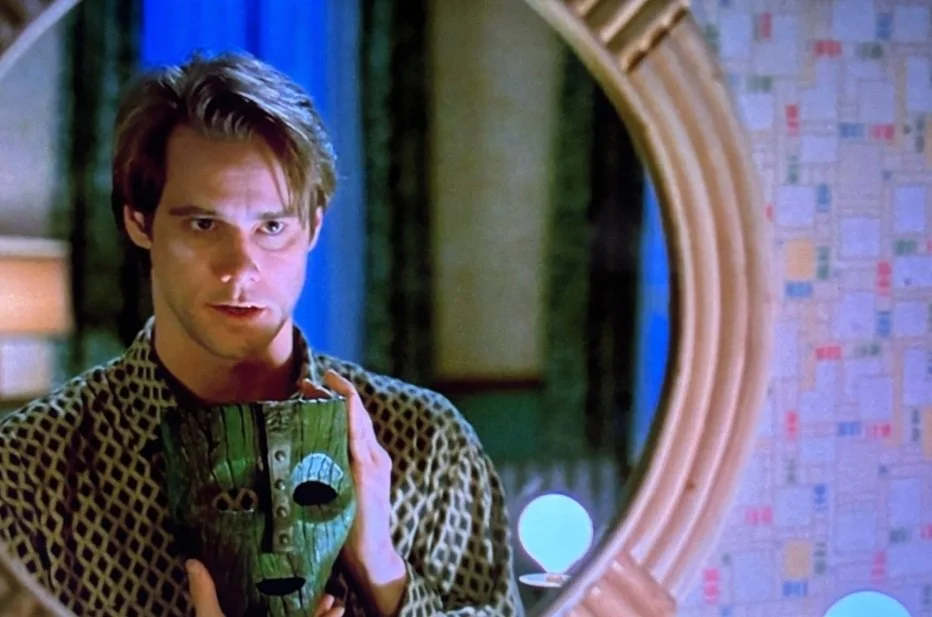Struggling with emotional triggers or intimacy issues in your relationships because you were hurt in the past? Brainspotting is a powerful trauma therapy that helps you release past wounds stored in the body—so you can clearly see and effectively attend to each new person and moment clearly for what it is, instead of what your old trauma ghosts tell you they are.
3 Ways to Calm Your Nervous System as a Highly Sensitive Person (HSP)
How to Do Brainspotting on Yourself (Gazespotting)
How Does Brainspotting Work?
Brainspotting (BSP) is a way to jumpstart our bodies’ natural ability to process experiences reactive emotional experiences like anxiety, depression, overwhelm, and shame, heal from trauma, and enhance significant relationships. Learn how Brainspotting works, and what benefit Brainspotting therapy may offer you so that you can feel grounded and present to engage life to the fullest.
What is Brainspotting?
Brainspotting is a brain-based processing method similar to EMDR that channels the body’s natural ability to heal itself from overwhelming or stressful experiences that generate symptoms like anxiety, depression, hypervigilance, and overreactivity. It does so by finding specific eye positions (Brainspots) linked to unprocessed stress experiences stored in the brain and letting the body “detox”.













